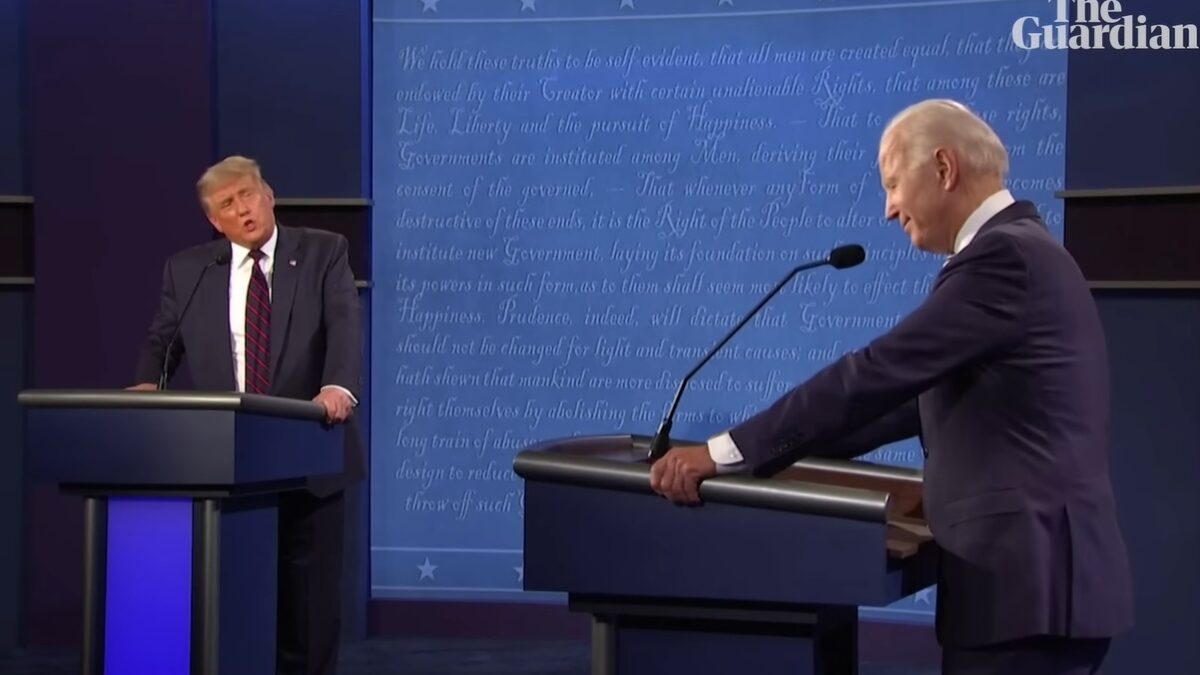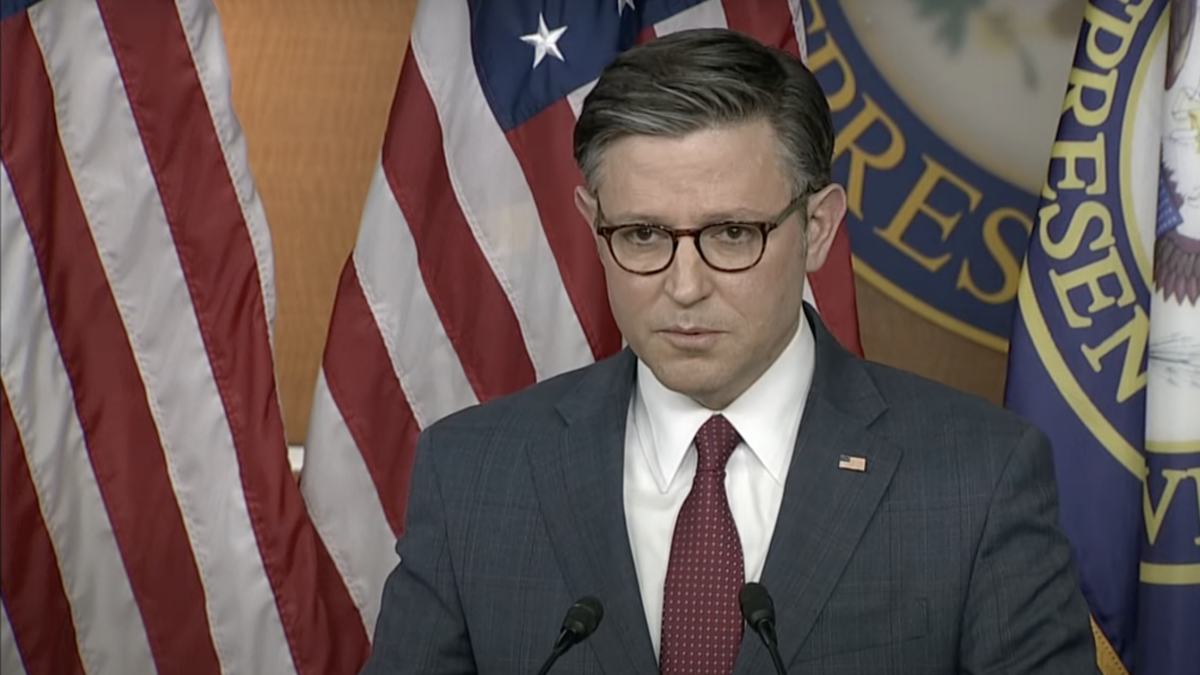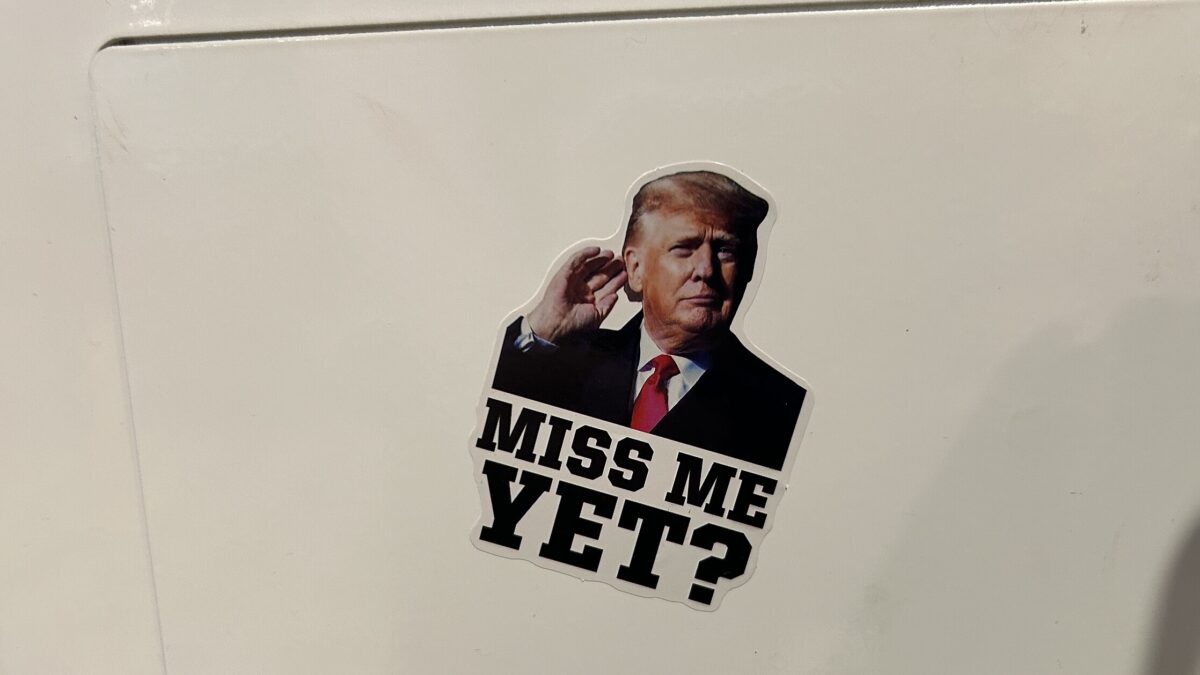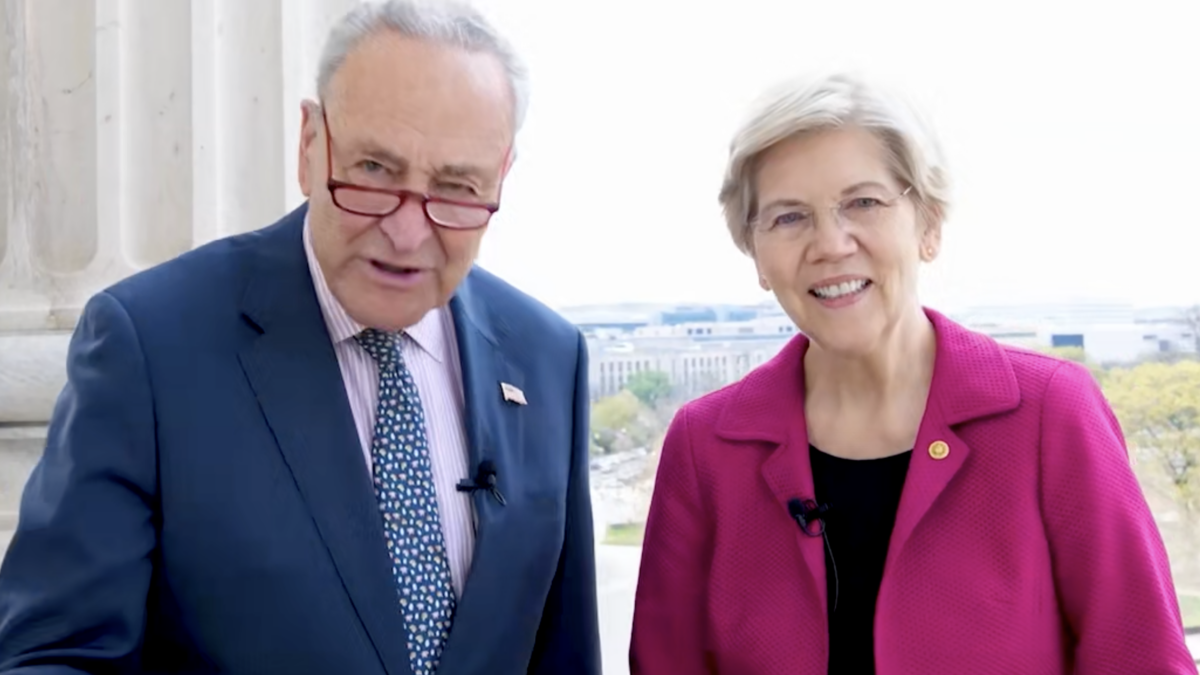
California Gov. Gavin Newsom has all but conceded that he’s going to have to face a recall in November. Supporters of the effort to recall Newsom submitted 2.1 million signatures by last week’s deadline, surpassing the 1.5 million mark (12 percent of registered Californian voters) needed to trigger an election.
The question is, how many of those signatures are valid? According to the law, all those signings must be registered voters in the state.
State officials are going through the petitions carefully, weeding out names they say can’t be verified. As of March 11, some 266,637 signatures — 18.3 percent of those checked by that date — had been rejected as invalid by the state, raising the total of valid signatures accepted by the state to 1,188,073. Applying the same rate of rejection to the nearly 1 million yet to be verified by the state, that would give the recall effort more than enough to require Newsom to face the voters again to account for his hypocritical reign of error during the pandemic.
Newsom has attempted to discredit the recall by claiming it’s being led by “right-wing militia groups … supporters of QAnon conspiracy theorists, [and] white supremacist groups.” While even Newsom must admit the extremists he cites could account for only a tiny fraction of the millions who support the recall, the statement is a sad reflection of Democratic Party assertions that their Republican opponents are “deplorables” and “insurrectionists.”
Still, two questions hang over the process that haven’t drawn the necessary attention of the overwhelmingly leftist media on the state and national level. While it’s clear California state officials were going over the recall petitions with a fine-tooth comb, attempting to disqualify as many signatures as possible, are we to believe they were as scrupulous when analyzing the legality of the mail-in ballots Californians cast in the 2020 presidential election?
Just as important, however, is how the effort to verify signatures and challenge any that might be suspicious squares with the spirit of the text of the sweeping “election reform” bill passed by the U.S. House of Representatives earlier this month. The bill seeks, among many other provisions, to ban voter ID laws and therefore make it difficult to verify the legality of any vote cast, either by mail or in-person.
In 2020, 15.4 million ballots were cast by mail in California out of 17.7 million cast, a whopping 86.7 percent. It was a huge increase over any previous election and far more than what the Pew Research Center reported was a nationwide rate of more than 46 percent who did not vote in person.
Of those, only 86,401 votes were thrown out as invalid for a variety of reasons, including arriving too late, lacking a signature, or not matching the signature recorded for the voter in question, meaning 99.4 percent of all mailed-in ballots were legal. That staggering rate was higher than the 98.5 percent acceptance rate recorded in the California primary held earlier that year.
That number is far lower than historical rates of acceptance for mail-in ballots, which traditionally are far more likely to involve problems since voters are not supervised and can forget to sign them. In the 2016 election, more than 1.2 percent of those cast by mail were ruled invalid nationwide, a number that was expected to be far higher with many more people voting by mail in 2020 because of the fear created by the coronavirus pandemic.
In some places, the lack of experience in voting by mail did result in high rejection rates. In New York City, some 84,000 votes, 23 percent of all those cast in the June 2020 primary, were thrown out, a total that was explained by the fact so many New Yorkers were voting in this manner for the first time.
But in the general election, rejection rates were far lower virtually everywhere — especially in California. That might have been the result of voter education campaigns, but it also raises the suspicion that the effort to “count every vote” affected officials, especially in blue states, causing standards to be lower than in previous elections.
Since such undertakings are organized by volunteers rather than state officials, it is perhaps to be expected that recall petitions would have a higher rejection rate than even the most carefully supervised mail-in election. But it certainly appears California election officials who disqualified only about a half of a percent of all mail-in ballots were not looking as closely at the signatures of those documents as they seem to have done for the petition to recall Newsom.
Just as important, the state’s attempt to invalidate signatures doesn’t appear to be in keeping with the idea of making every vote count that was behind the Democratic Party’s 2021 “For The People Act,” which seems intent on stripping away all efforts to assure the integrity of vote counts.
That legislation, which Republicans plan on blocking in the Senate, treats voter ID laws as a form of “voter suppression.” The bill would also drastically reduce states’ ability to remove invalid registrations from their rolls to purge those who have died or moved away (President Joe Biden referred to such rules as “an unprecedented assault on our democracy”). Yet, in California, Democrats who were trying to stop the recall were not concerned with defending the notion that every signature, just like every vote, should be counted.
Nor should they have been. Recalling a governor is a drastic measure. It is incumbent on the state to challenge each signature to be sure it was submitted by a registered voter who had a right to have his say on Newsom’s political future. California has every right to use all of the time allotted before certifying that the recall has been mandated (signatures can be challenged until April 29).
But for voting in elections, Democrats are not so meticulous about validating votes. They treat every challenge to votes and every attempt to ensure that illegal ballots as an unmitigated outrage, despite the fact illegal voting is hardly far-fetched given that there may be as many as 29 million illegal immigrants in the country.
While leftists claim any comparison between the scrutiny given the recall petitions and the 2020 mailed-in ballots is bogus, it’s hard to imagine a 99.4 acceptance rate for votes being anything but the product of a determination not to reject all but the most blatantly illegal ballots. But when protecting their officeholders from accountability for not practicing what they preach during COVID lockdowns, it appears that only the strictest scrutiny will do.









